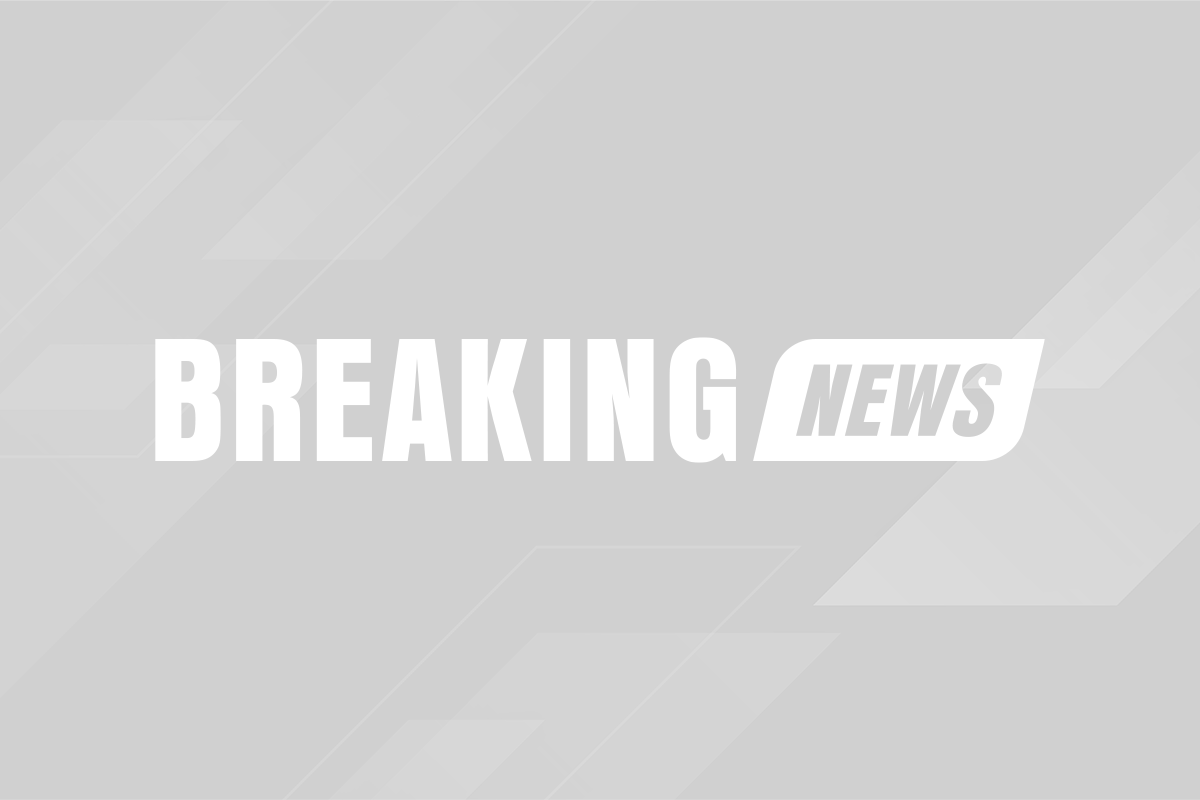
For fans of men’s tennis, Dominic Thiem’s journey has been a roller coaster of emotions. After a wrist injury in 2021 derailed the momentum of one of the sport’s brightest stars, Thiem has embarked on a cautious yet optimistic path to return to the game he excels in. His recent victory at the Estoril Open, his first tour-level match win since the injury, signifies not just a physical recovery but also a mental recalibration in the pursuit of longevity in the sport.
A Strategic Comeback
Dominic Thiem’s approach to his return is defined by a holistic understanding of what it takes to both heal and prevent future injuries. Key to his strategy is the adjustment he has made to his training regimen—specifically, reducing the intensity of his practice. This change, however, doesn’t worry Thiem, who believes his extensive experience on the court compensates for the decrease in practice volume. "I cut down the intensity of my practice a little bit, but I've had enough practice in my life. I can handle it if it's a little bit less," Thiem expressed, highlighting his adaptability and wisdom.
His primary goal is clear: ensuring that his wrist heals completely without the risk of aggravation. "To really take care that there is nothing coming up, no problems for the wrist," Thiem explained, outlining the meticulous care and attention being paid to his recovery process. The involvement of Thiem’s medical and coaching team is indispensable, offering expert guidance and support as he navigates the complexities of healing and conditioning for competitive play.
The Role of Support
The significance of Thiem’s support team cannot be overstated. Alongside his personal determination and adaptability, the guidance from his medical and coaching staff provides a foundation for his recovery strategy. Thiem’s reference to his physio further underscores the comprehensive care arrangement established to safeguard his health. "But I have my physio here, who's great. I have a day off tomorrow as well which helps. I should be ready for Wednesday," Thiem shared, articulating the careful planning that goes into his schedule. This blend of rigorous medical supervision and strategic rest periods forms the backbone of Thiem’s path to fully regaining his pre-injury form.
Signs of Progress
One of the most encouraging signs for Thiem, his team, and his global fanbase is the absence of wrist pain during competitive play. This is a significant indicator of positive recovery, suggesting that the protective measures taken are yielding the intended results. It allows Thiem to focus on the game rather than be preoccupied with concerns about his wrist, a crucial factor for any athlete aiming to perform at their best.
A Testament to Perseverance
Dominic Thiem’s approach to his comeback is more than just a sports recovery story; it’s a testament to the themes of patience, perseverance, and adaptability in the face of adversity. His decision to prioritize long-term health over short-term gains, to adapt his training regimen, and to rely on the expertise of his support team demonstrates a mature perspective on his career and well-being.
As Thiem continues to navigate his return to competitive tennis, his journey offers valuable lessons in resilience and strategy—not only to fellow athletes but to anyone facing setbacks. With his recent win at the Estoril Open serving as a harbinger of his gradual return to form, the tennis world watches with bated breath, hoping to see Dominic Thiem rise once again to the heights that his talent undeniably warrants.
In conclusion, Thiem’s careful, measured approach to his comeback, underscored by a significant tour-level match win, indicates that the Austrian is well on his way to reclaiming his position among the tennis elite. By emphasizing health, taking strategic measures to prevent further injuries, and adopting a patient, adaptable mindset, Thiem’s story serves as a spirited inspiration, exemplifying the strength it takes to overcome challenges and to emerge stronger on the other side.